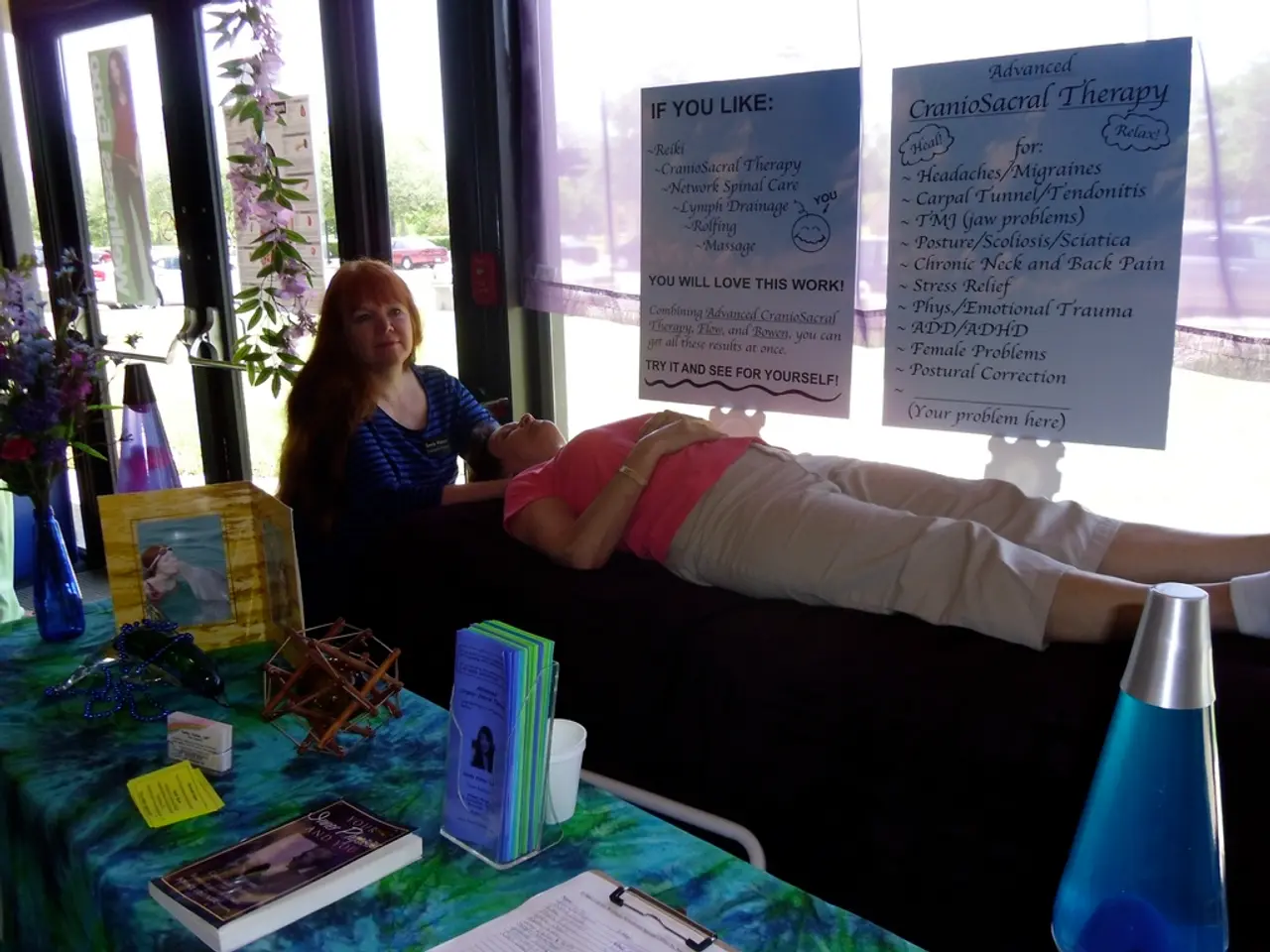Back pain treatment with lasers: Advantages and further details
Low-level laser therapy (LLLT) is gaining attention as a potential treatment for chronic low back pain. This non-invasive method uses low-power lasers or LEDs to stimulate cellular function and accelerate repair processes, offering a promising alternative to conventional therapies.
Benefits of LLLT
LLLT offers several advantages for managing chronic low back pain. It can provide effective pain relief and reduce inflammation, enhance healing of soft tissues and nerves involved in pain generation, and improve function and reduce muscle fatigue associated with chronic pain. Moreover, it is generally painless, with minimal side effects such as temporary redness or warmth around the treated area.
Risks and Limitations
While LLLT is generally safe, potential mild side effects include redness or a warm sensation at the treatment site. Long-term benefits are less certain, as some studies find that effects like improved range of motion may diminish after treatment ends. The efficacy of LLLT depends on factors such as laser type, dosage, and treatment protocol, with Class 4 (high-power) lasers tending to yield better outcomes than Class 3 (cold) lasers.
Alternative Treatment Options
For those considering LLLT, it is essential to explore other treatment options as well. These may include physical therapy and exercise programs, pharmacological treatments, chiropractic adjustments, other non-invasive modalities, and in severe cases, invasive procedures like injections or surgery.
Evidence and Safety
There is low to moderate-quality evidence to suggest that LLLT can help people with chronic low back pain. The National Center for Complementary and Integrative Health (NCCIH) states that LLLT has a good safety record when used appropriately, but it is important to discuss potential benefits and drawbacks with a doctor, especially considering a person's health or special circumstances like pregnancy.
While LLLT shows promise, more research is necessary to confirm its effectiveness over the medium to long term. A 2022 meta-analysis found statistically significant benefits of LLLT up to the point of the 3-month follow-up, but further studies are needed to confirm its lasting impact.
In a 2022 systematic review and meta-analysis, both LLLT and High Intensity Laser Therapy (HILT) were found to help reduce the severity of pain and improve function in people with nonspecific chronic low back pain. A 2025 review of 28 randomized controlled studies concluded that LLLT, HILT, and extracorporeal shockwave therapy (ESWT) are equally effective in improving pain, strength, range of motion, and quality of life in people with musculoskeletal disorders.
In conclusion, LLLT offers a low-risk, potentially effective adjunct or alternative to conventional therapies for chronic low back pain. It is crucial to discuss this treatment option with a healthcare provider, considering individual health circumstances and the potential benefits and risks.
- Low-level laser therapy (LLLT) can offer effective pain relief and reduce inflammation for managing chronic low back pain, providing a promising alternative to conventional therapies.
- Long-term benefits of LLLT may be less certain, with some studies suggesting the effects like improved range of motion may diminish after treatment ends.
- It is essential to explore other treatment options, such as physical therapy, exercise programs, pharmacological treatments, chiropractic adjustments, or invasive procedures when considering LLLT for chronic low back pain.
- There is low to moderate-quality evidence suggesting that LLLT can help people with chronic low back pain, but more research is necessary to confirm its effectiveness over the medium to long term.
- LLLT, High Intensity Laser Therapy (HILT), and extracorporeal shockwave therapy (ESWT) have shown promising results in improving pain, strength, range of motion, and quality of life in people with musculoskeletal disorders.




